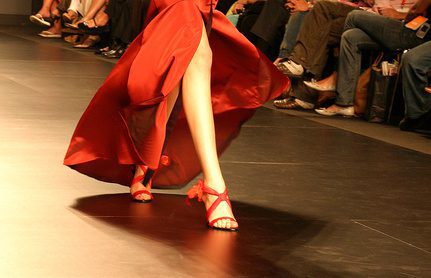From conservative to outrageous, fashion designers incorporate whatever materials work best for their unique wearable designs. That same approach carries over into the design of their workspace, according to IA Interior Architects’ director of design John Capobianco.
Like many other professionals, fashion designers find that a mixture of private space and collaborative areas works best for them. Unlike some other businesses, however, fashion designers have a need to store objects that are irregular-shaped and bulky. For this, they turn to high-density storage systems with adjustable shelving, accommodating everything from boots to blouses.
Designers also need transformable modular storage that can display dresses one day and shoes the next. As Capobianco puts it in a recent blog post, “It has to be much more user customizable, where you don’t have to hire someone to facilitate the transition.” And when the designs go into production, designers use RFID to track the source materials and finished products, and create databases for their catalogues.
When it comes to practical storage solutions, these wildly imaginative fashion designers have a surprisingly down-to-earth point of view. As with their clothing designs, they find the right storage solutions for their needs and, in the words of fashion icon Tim Gunn, they “make it work.”
Photo © Diorgi – Fotolia


Recent Comments